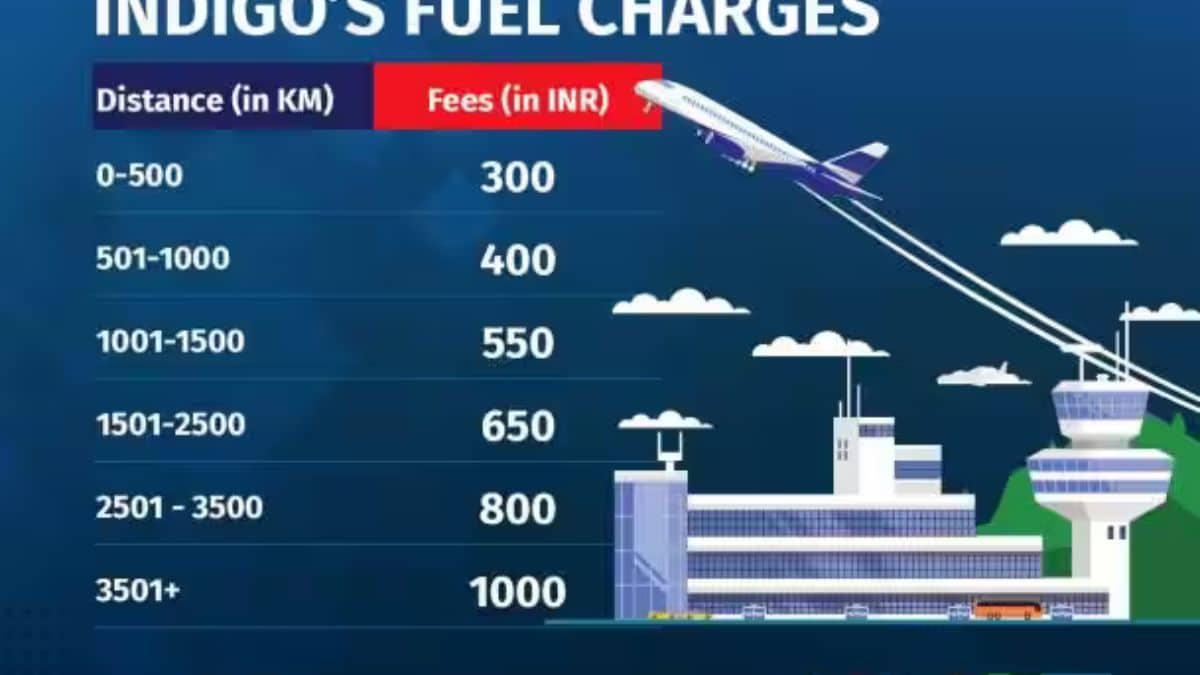In early October, IndiGo, the largest airline in India, took the aviation industry by surprise by introducing a fuel charge to its base fares. While there was speculation that other airlines might follow suit, that hasn’t been the case so far. With the festive season approaching, airlines appear to be opting for increasing base fares rather than adding an additional charge to tickets, a move aimed at avoiding negative publicity.
Analyzing the daily passenger load factors from the Ministry of Civil Aviation, it’s evident that IndiGo has managed to maintain its customer base, and the fuel charge has not significantly impacted its popularity. From the passenger’s perspective, the breakdown of the fare into various components matters less as long as the overall prices remain competitive. Across various routes, it appears that fares have indeed risen in anticipation of the holiday season, but these increases do not seem to align with the rates of the fuel charge.
IndiGo added a new fee for fuel, and how much you pay depends on how far you’re flying. This change started on October 6th, and they did it because the cost of the fuel they use, called Aviation Turbine Fuel (ATF), keeps going up. This fuel is a big part of what it costs to run an airline, so to cover these higher costs, they’re making passengers pay this extra fee based on how long their flight is.
On October 1, the government increased the price of jet fuel (ATF) by 5%, marking the fourth consecutive monthly hike since July. This development has further underscored the financial pressure on airlines, making the introduction of the fuel charge a strategic response to the escalating ATF prices


